
Original URL: http://www.geocities.com/EchoHeart9/index2.htm

Original URL: http://www.geocities.com/EchoHeart9/index2.htm
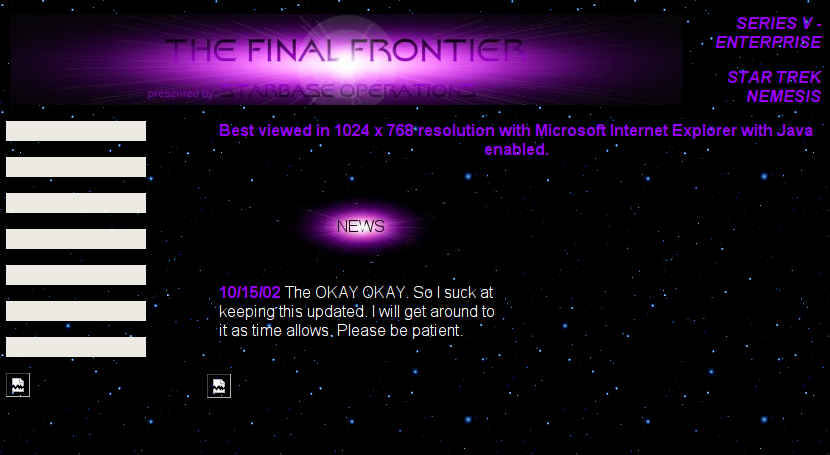
Original URL: http://geocities.com/Area51/2008
I’m trapped in a web ring of webmasters. Users teaching users how to move around W3C standards in order to squeeze the maximum from HTML. For example, Roxy M. Flanagan explains how to make Triple or Quadruple Backgrounds using double or triple tables for HTML page layout.
She also helps AOL users to fight AOL’s voluntarism:
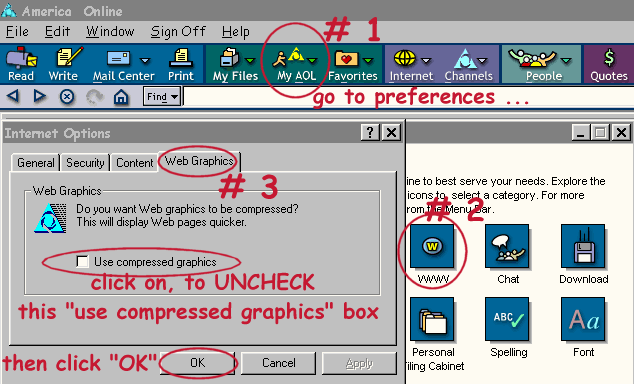
I’ve seen a lot of howtos typed in comic sans in my web surfing career, but its quite rare to meet a user who has it as a system font. By the way, I never read a useful howto typed in Helvetica.
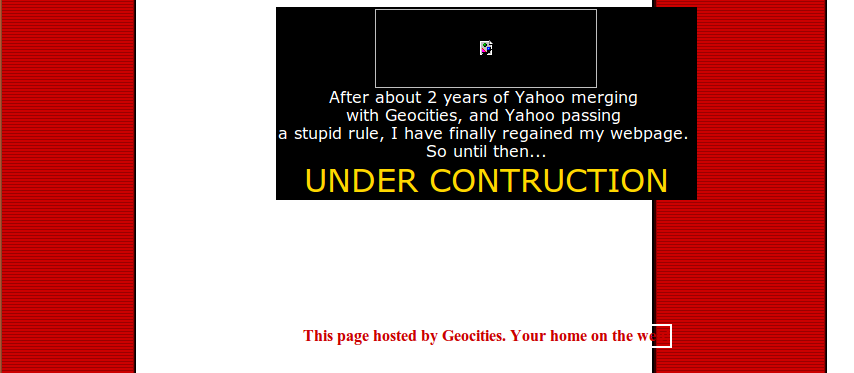
Original URL: http://www.geocities.com/EnchantedForest/Tower/1244/


In the Tower of the EnchantedForest neighborhood, “MathMan” Bruce A. Titen published weekly entertaining math questions and riddles since Septemer 27th 1998. Apparently a teacher loving his profession, helping kids, parents and other teachers developing a passion for maths.
Today, some teachers are trying to stay in contact with their pupils through Facebook. A place without any wizards.
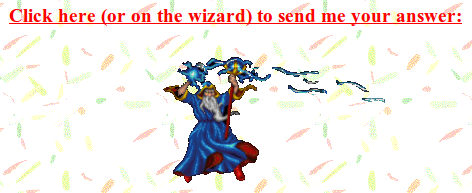
Original URL: http://www.geocities.com/EnchantedForest/Tower/1133/
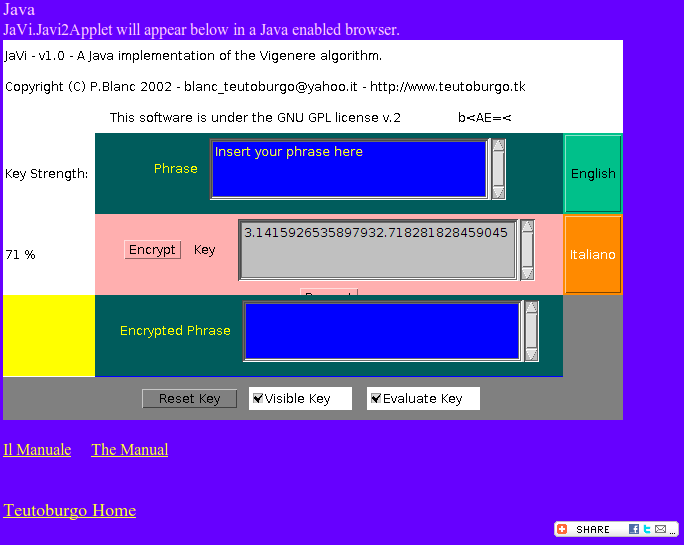
From the Geocities URL http://it.geocities.com/teutoburgo/java/javi/JaVi.html there is a redirect to http://teutoburgo.web44.net/java/javi/JaVi.html, leading to an interesting piece of interface design.
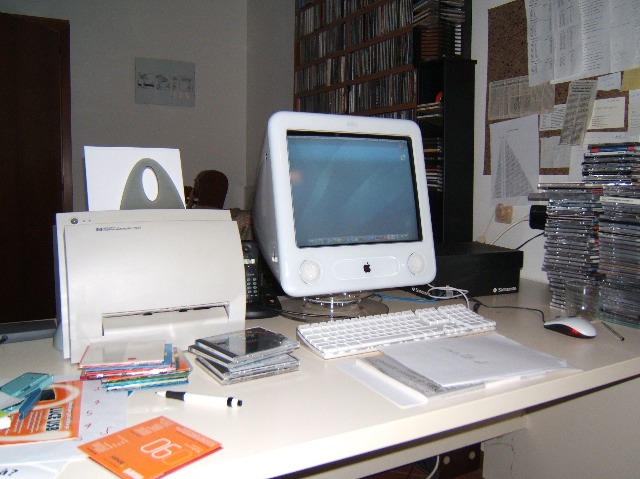
The place you see in the above photographs is where I create my software. Where I listen to my music. Where I surf and read mail and where I spend my spare time. Sometimes, I play with my daughter. She likes to see colors (some screensaver or some special image, or the iTunes visual effects or the Tuxracer challenge).
From “Hobbies the Hobbiest” by Antonio Maschio. For every photo on his site, Maschio noted exposure time, focal length and ISO number.
Many private home pages are dealing with the computer setup of their creators, often with photo documentation and technical descriptions of the periphery. The home computer was still regarded as more personal than the web, the personal web page as an extension of the computer on the desk.
Original URL: http://it.geocities.com/tonibin/varia/mac.html
BTW, Tripod.com is still alive. You can still host your stuff there and make web pages.
But if you decide to “build your own FREE website at Tripod.com” don’t use their Webon site builder. Go to HTML lessons of Tripod user skihound.
There are a lot of broken images on the site of this user, because he stored them on Geocities. Just like many many other users did.
The Israeli author David Grossman kept a huge amount of data on Geocities, spread over several user accounts: tzafun, Davidgrossman, Familygrossman, grossmanarticles, … probably many more. All subfolders’ and files’ names are capitalized and meaningfully named. Pictures are only showing typographical headlines, no photos.

The hypertext is simple and easy to follow. Though it suffers a bit from over-categorization, there are many files that contain only a few sentences.
Grossman had an ambivalent view on the Internet:
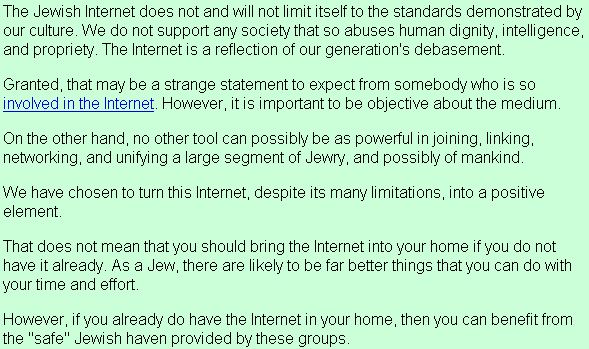
The Copyright message in the footer of every page is quite interesting:

Although pages on Geocities and amateur web sites in general were based on copying graphics and text elements, many featured detailed copyright messages or dreaded “right click disabled” JavaScripts. The users felt the instability of the new medium and tried holding together their dear creations. Ironically, Geocities itself was probably the most brutal to the web pages hosted there, inserting floating logos and commercial banners into them that can not be seen anymore when browsing the Geocities Torrent.
Original URL: http://www.geocities.com/GrossmanTopics/